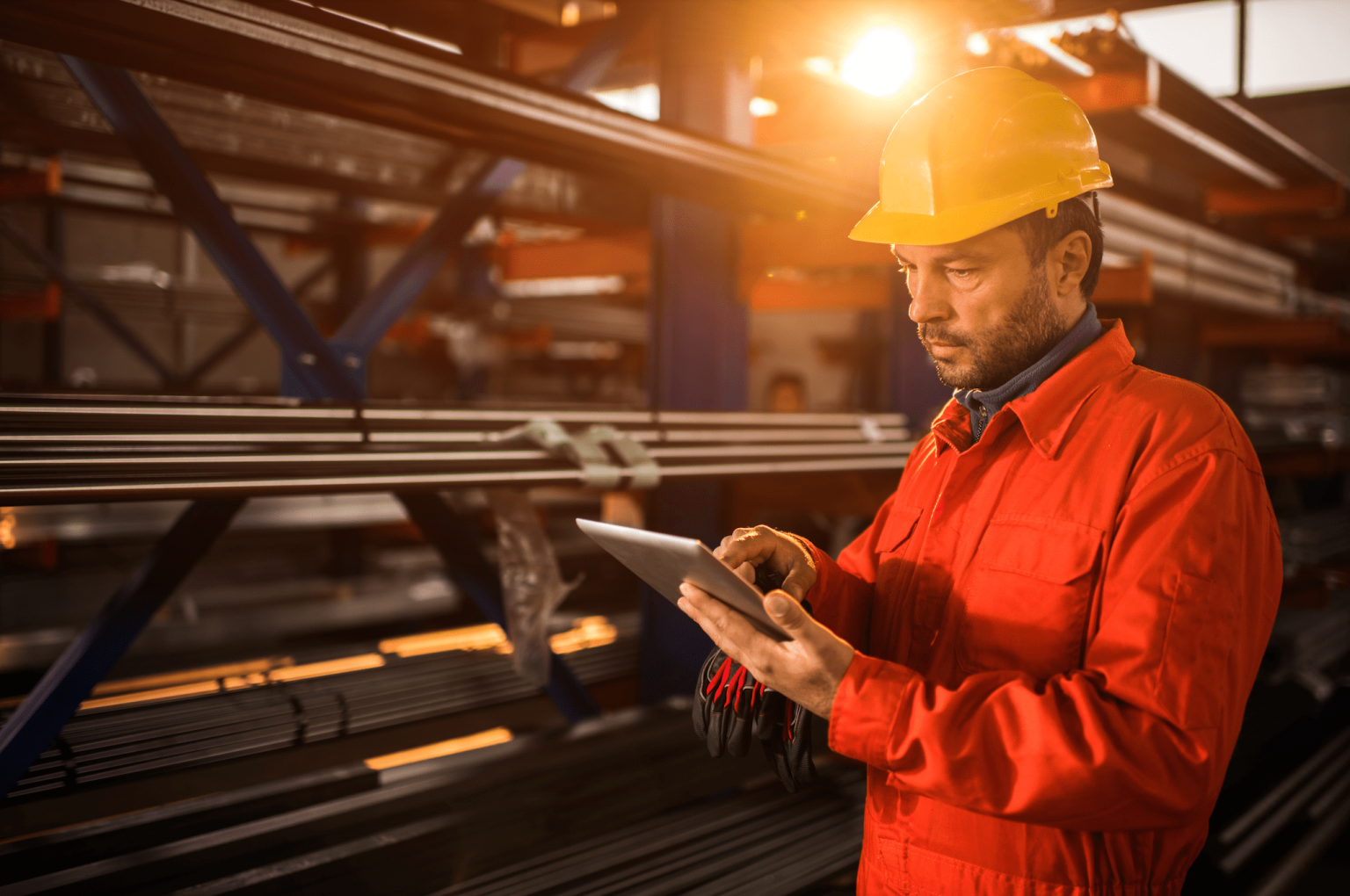
Juan Manuel Pardal, Metals Processing Segment Leader, Process Automation at Schneider Electric discusses how renewable energy production and electric vehicle (EV) adoption are driving increased demand for the minerals and metals industries.
Global sustainability initiatives such as renewable energy production and EV adoption are driving increased demand and market opportunities for the minerals and metals industries. For example, each megawatt (MW) of wind power requires over 100 tons of steel, over 1.5 tons of copper, and quantities of aluminium, zinc, and other rare earth elements. Copper is also critical for the solar industry, as estimates suggest the sector will need almost 1,100 thousand tons by 2025. At the same time, the steady increase in EV uptake is a boon for metals; the demand for graphite, copper, nickel, manganese, lithium, and cobalt is increasing significantly, and research firm Frost & Sullivan estimates that the market must add up to 2 million tons of nickel within 15 years to meet requirements.
There is a myriad of ways in which the global focus on environmentally-conscious developments bode well for the metals and mining industry. However, while demand rises, the sector must battle its own challenges in affordability, resiliency and, not least, sustainability. Increasing regulation across energy, water, air and soil pollutants and decreasing ore quality makes operations more complex and challenging. As such, the same forces that fuel increased demand are also obstacles to operation.
According to a recent report, LTO (license to operate) is considered one of the core challenges facing modern mining operations. The environmental, social, and governance (ESG) factors that transcend the legal right to operate include the acceptance of business practices by employees, value chain partners, financial stakeholders, governments, human rights and environmental organizations, the investment community, and the public.
In short, the industry must adopt radically transformative sustainability strategies that go beyond the basics of regulatory requirements and now satisfy the high standards expected by key stakeholders across the global chain.
The nexus of digital sustainability and demand
The metals and mining industry is energy and water-intensive, accounting for 12% of global electricity usage, mostly from nonrenewable sources. A copper plant processing 50,000 tons of copper ore per day requires 30,000 cubic meters (m3) of fresh water - an amount set to increase as ore quality deteriorates and more water is needed.
Energy and water are bound together, requiring more sustainable approaches, upgrades to more efficient equipment, and use of on-site renewable energy. These are discrete tactics, not encompassing strategies. The industry should also look towards intelligent technologies: the connected technology that delivers unified operations means using data-driven insights incorporated into process automation systems that provide improvements across all indicators of success.
In fact, as an asset-intensive industry, the minerals and metals sector can improve throughput by an estimated 20% and increase yields by up to 5% using advanced digital solutions such as sensors, data, and analytics. Within a decade, digital transformation could reduce carbon emissions by more than 600 million tons and increase profits by 9%, adding more than $320 billion in industry value.
The benefits of digitalisation in action
There are already numerous examples of digitalisation increasing productivity and profitability. For example, copper producer Codelco's Al platform increased production at a 100+-year-old mine by $80 million in 2021 despite falling ore grades, mounting costs, and increasing environmental restrictions. Upgrading existing mines can reduce energy costs by up to 50% if the company incorporates energy efficiency solutions, including power and process strategies.
Predictive maintenance is also where advanced data analytics can drastically increase efficiency and reduce costs. According to Deloitte, maintenance can be cut by as much as 5% to 10%, maintenance planning time reduced by 20–50%, and equipment availability and uptime increased by up to 20%. Digitalization benefits employees, too.
Wearable devices can monitor worker safety, while drones and robotics can replace people in hazardous environments and decrease injuries by 10% to 20%. Plus, real-time and predictive condition monitoring and safety alert systems automate tasks that may be repetitive, dangerous, or prone to human error. Codelco, for example, made a $60 million investment in technology, resulting in a three-pronged outcome of reducing worker risk, increasing productivity by 50%, and reducing costs by 20%.
Not only that, but automation creates more engaging workplaces, helping to attract the next generation of diverse, engaged employees. Younger generations want to work for organizations that embrace high ESG standards and innovative technological approaches.
The future of metal and minerals
Increased regulatory requirements demand mining operators be auditable and sustainable, including increased use of green energy, unified operations between power and process and improved water use and reuse. With soaring compliance and reporting requirements, automation through digitalisation significantly reduces time-consuming, manual tasks and high levels of human error.
With a greater focus on Scope 3 emissions, digital strategies now extend into the monitoring and reporting of value chain emissions which have traditionally been extremely difficult to track and quantify. Using this insight, companies that harness advanced analytics to enhance scheduling and long-term planning can reduce costs by up to 2%, and data-driven raw material price forecasting can save an additional 1% to 2%.
As we can see, digitalisation is essential to remaining competitive, offsetting declining ore quality, meeting increased market demand and complying with tightening environmental restrictions. A digital revolution in minerals and metals is the answer to today’s many operational, regulatory, supply chain and sustainability challenges.

















